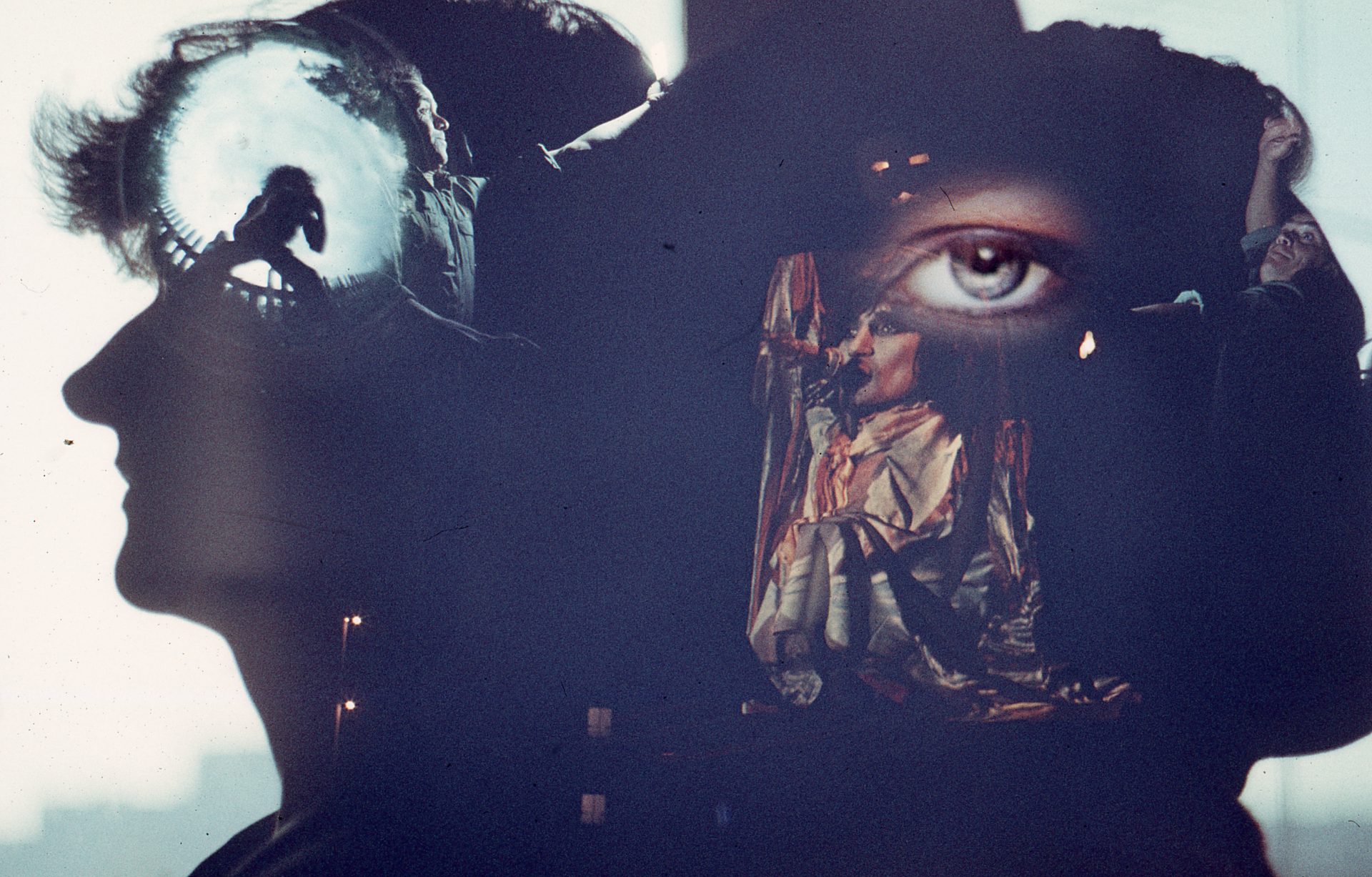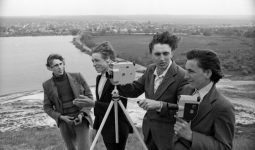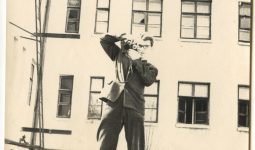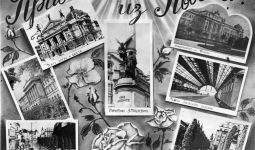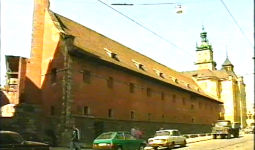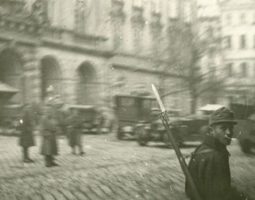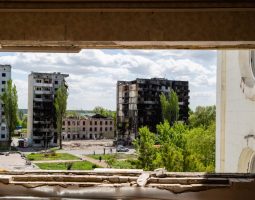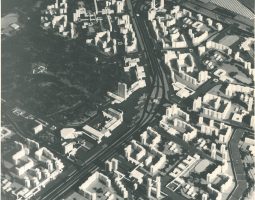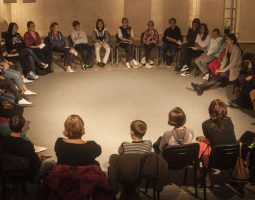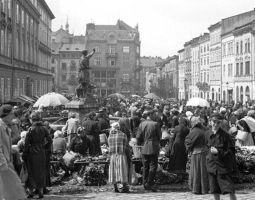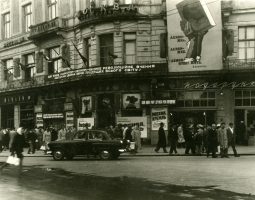The Center’s research focus engages with visual practices and historical or social ways of looking. Seeing [дивитися] is the act of observing and acknowledging the surrounding world in a somewhat spontaneous manner (natural) during our daily routines. While, looking [бачити] means actively assigning meaning to that world with a more intentional and directed sense. Through looking, we navigate social relationships and meanings; looking is a practice akin to speaking, writing, or singing. Jonathan Crary aimed to reconcile the tension between seeing and looking using the concept of techniques of the observer. This approach transforms those who engage in both seeing and looking into active participants in history and contributors to new epistemologies.
The historical development of the observer underscores that issues related to vision are intertwined with the dynamics of social power. Looking entails learning to interpret, and it engages us in power dynamics. In the 19th and 20th centuries, the observer became a central figure in evolving discourses and practices, framing vision as a physiological process within the body. The presence of the observer can be discerned in settings like galleries, museums, cinema halls, or video salons from the late 1980s and early 1990s. The practices of seeing and looking that emerged in the late Soviet period differed from previous epochs, offering insights into the specificities of socialist modernity. These practices create visual regimes, also known as scopic regimes, that encompass the conventions, practices, and systems governing the creation, dissemination, and consumption of visual representations within specific societies or cultures. Historian Martin Jay defines a visual regime as comprising the norms that influence perception, dictating how observation is conducted and what is observed within particular cultural contexts. Scholars concur that the norms, regulations, and technologies shaping the production, circulation, interpretation, and comprehension of images are contextually and temporally contingent. Institutional procedures, urban customs, and national traditions all contribute to how individuals engage with visual information and how meaning is conveyed through images.
The medium of the image, its structure, and the methodology of its creation all serve as crucial sources for analyzing and exploring the social history of media, along with the practices that evolve around them. Such an approach entails the imperative to surpass the image itself and encompass its material components. Consequently, we place significant emphasis on the technological dimension. Whether scrutinizing a TV narrative or a photograph from a family album, it is imperative not only to discern the depicted content but also to comprehend the operational dynamics of a professional TV studio or the significance of possessing a simple amateur camera within a specific historical epoch.
Speaking about the historical or social ways of looking, it is important to focus on both production and consumption of images in particular chronological and territorial contexts. Professional and amateur photographers, their organizations and networks, national and international movement of technological expertise exchange, photo exhibitions and competitions, market of art and media photographs are important forms of social organization of photography production and social life. The diversity of photographers’ positionings in social relations result in diversity of their social roles. Going beyond more exclusive roles as art creators and part of artistic elites, photographers can also act as social critics and promoters of change, community activists, entrepreneurs and business people, advertisers and propagandists, researchers and chronists, to hobbyists and DIY practitioners. Research into the biographical trajectories, educational and social backgrounds of photographers can be key for understanding social aspects of photography. Focus on photographers’ connections, communication, and institutional frameworks is another way to study photographic practices as social phenomenon.
Each research project within this area of focus (amateur filmmaking, photography at the factory, visual remediation, or video practices) investigates a distinct aspect of visuality, namely sites of perception, production, or regulation. The acts of observing and looking, whether individual or public, as well as image creation, whether by amateurs or professionals, are intertwined with the social roles of creators, such as those in industrial settings, and the cultural imagination presented in official statements. Our focus lies in examining the historical shifts in technology, imagination, and politics and how they influence the transformation of visual practices and sensitivities.
